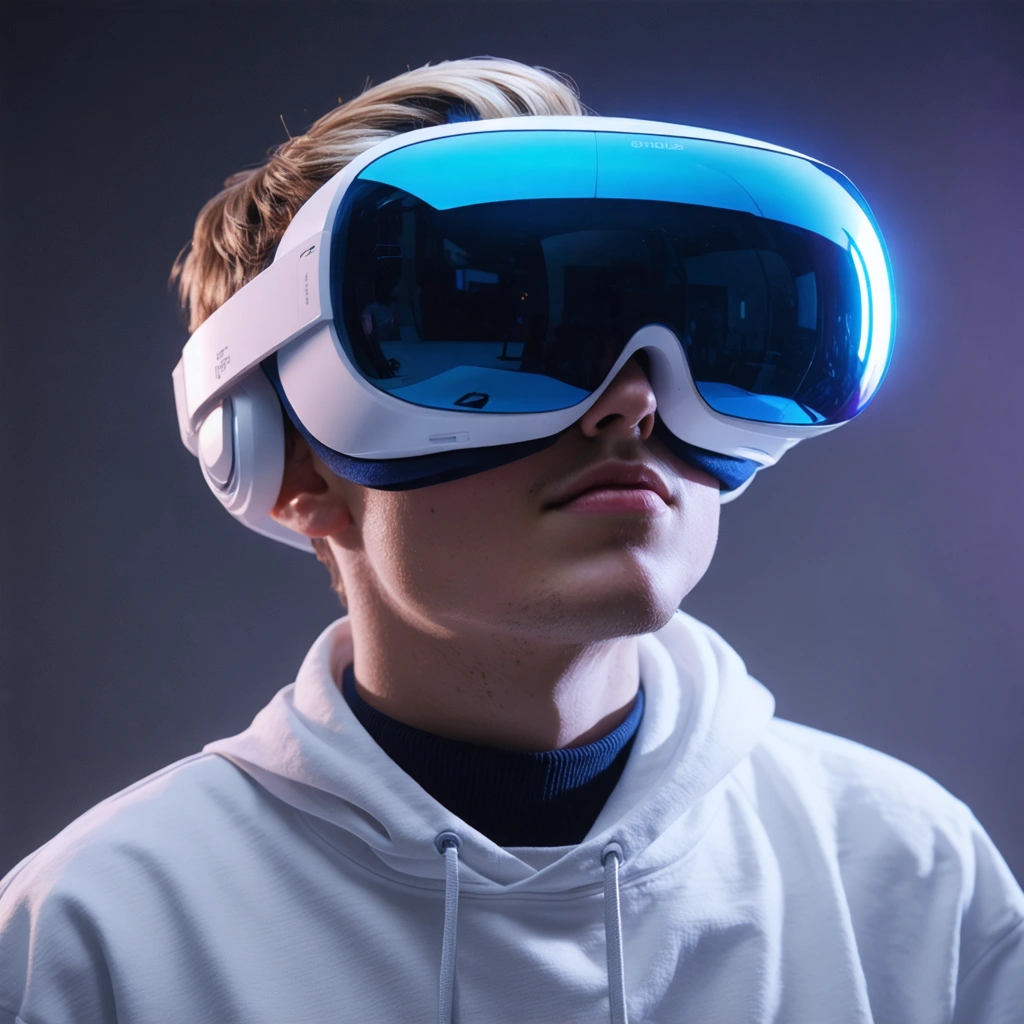
Introduction
In the ever-evolving world of technology, the boundaries are continually being pushed to create more immersive and sensory experiences. Virtual reality (VR) has evolved significantly over the years to offer lifelike experiences, mainly focusing on sight and sound. However, a new era of VR is being ushered in, one that intends to redefine the VR experience by incorporating a new sensory connection: taste.
Virtual Reality: A Brief Overview
Virtual reality is a simulated experience that can be similar to or completely different from the real world. The purpose of VR is to create a sensory experience for the user in an imaginary environment. Historically, VR has focused primarily on visual and auditory sensations. With advancements in technology, however, it is now possible to stimulate other senses, such as touch, via haptic feedback. The newest frontier being explored is the sense of taste.
The Evolution of VR: From Sight to Taste
Over the years, VR technology has progressed from simple headsets providing 3D experiences to full-body haptic suits capable of mimicking sensations of touch. The next leap forward is the introduction of taste in VR. This advancement aims to further enhance the immersive experience by allowing users to taste virtual objects – a concept that was once thought to be impossible.
The Future of Taste in Virtual Reality
The vision for the future is clear: to create a holistic and immersive VR experience, stimulating all five human senses. The introduction of taste in VR will allow users to engage with the virtual world in unprecedented ways. This could range from tasting the food in a virtual cooking game to experiencing the unique flavors of a digital gourmet meal.
How Does It Work?
The technology behind tasting in VR is complex and involves using a combination of thermal and electrical signals to stimulate the taste buds. The device is designed to mimic the characteristics of food, such as taste and texture, producing a convincing virtual eating experience.
Implications and Applications
The potential applications of this technology are vast. They extend beyond gaming and entertainment, into areas such as culinary training, diet management, and even clinical therapy. For instance, this technology could be used by chefs to experiment with flavors and dishes in a risk-free virtual environment. It could also aid in weight management programs by allowing users to experience the satisfaction of eating without consuming actual calories.
Conclusion
The incorporation of taste in virtual reality marks an exciting leap forward in the world of VR technology. Though in its early stages, the potential applications and implications of this innovation are vast. As technology continues to evolve, we can expect even more immersive and holistic VR experiences in the future, altering how we interact with virtual environments.




